Regular Rejuvenation Pruning Helps Prevent Lilac Becoming Unsightly And Unwieldy

Reviewed By COLIN SKELLY

Colin is a Horticulturist and Horticultural Consultant with experience in a range of practical and managerial roles across heritage, commercial and public horticulture. He holds the Royal Horticultural Society’s Master of Horticulture award and has a particular interest in horticultural ecology and naturalistic planting for habitat and climate resilience.
Contributions From DAVID GRESSLEY

David is a self-proclaimed ‘plant geek’ who graduated from Ohio State University with a BSc in Agriculture. He’s a Board Member of the International Lilac Society and the Vice President of the US division. With experience working in arboretums, he is now the Head Horticulturist at Spring Grove Cemetery, a recognised historical landmark based in Ohio.
IN THIS GUIDE
LILAC GUIDES
With their lusty blooms and intense flora fragrance, lilacs are a popular shrub or small tree throughout the UK.
As deciduous perennials, Syringas are hardy creatures which will lose their leaves each autumn but come back with renewed vigour the following spring.
Having said that, it’s important to prune your lilac bush or tree regularly to avoid it becoming unruly and unkempt.
“Regular rejuvenation pruning will keep a lilac in more vigorous plant size with larger flowers at a lower height, where they can be better experienced and enjoyed free of any pests,” says David Gressley, from the International Lilac Society.
Left to its own devices, a lilac tree can exceed 8-9m in height, while its splayed branches and sparse blossoms make it unsightly and unwieldy.

Fortunately, you can avoid this outcome by keeping on top of its pruning.
While this might be a time-consuming process when you get down to it, you only have to undertake it once a year.
Follow the steps outlined in the guide below and you can’t go wrong.
| Difficulty | Easy |
| Equipment Required | Gardening gloves, pruning shears, pruning saw, cloth, isopropyl alcohol, fertiliser |
| When To Prune | April-June (after flowering) |
When To Prune Lilac
Pruning your Syringa bush or tree at the right time is all-important to its continued growth and development, especially in the immediate future.
That’s because the following year’s buds begin development almost straight after the last ones have died.
As a result, leaving pruning too late in the year could jeopardise the blossoms of the following spring.
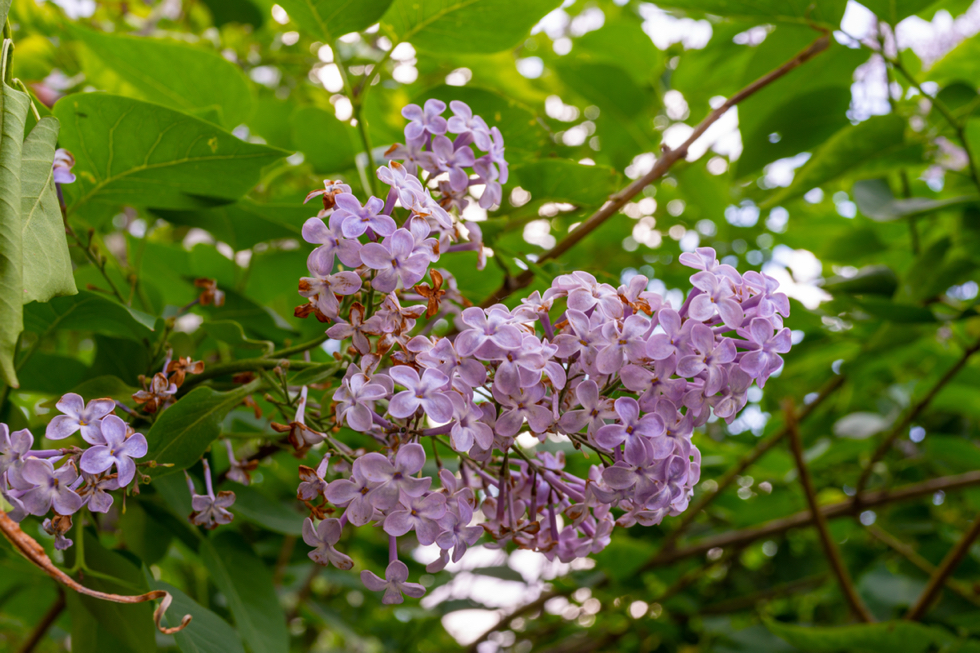
For that reason, it’s advisable to tackle the job as soon as the flowers have begun to fade on your bush.
This will give the new buds plenty of time to mature, keeping the plant healthy over winter and ensuring a stronger yield of blooms next year.
With that in mind, pruning can take place anywhere from April to June, depending on the climate where you live and the way in which your particular lilac species reacts to it.
July is generally too late to undertake maintenance without incurring adverse effects on the following year’s blooms, while autumn pruning is out of the question altogether.
1) Prepare Your Tools
I can’t stress enough how important it is to keep your tools in top condition.
Blunt shears can result in unclean cuts that foster bacteria and encourage disease, while those which haven’t been properly cleaned can spread both of the aforementioned blights throughout your garden.
“Keeping secateurs and loppers sharp is a must as using blunt tools can cause more harm than good,” says Colin Skelly, a Master Horticulturist.
“I clean my pruning tools after every use, cleaning away any sap and dirt and using a sharpening stone to ensure that when next used they are sharp.
“Every month or so I’ll use a diamond file to rework the edge after a few uses.”
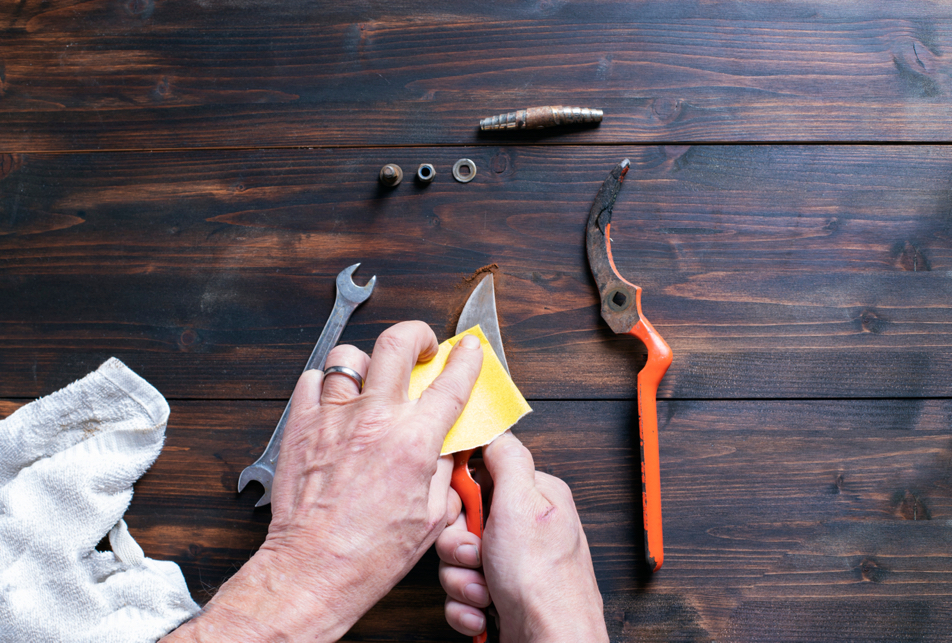
Therefore, you should keep your pruning shears as sharp as you can – don’t be afraid to replace them altogether if they’re beyond saving.
You should also use a clean cloth soaked in isopropyl alcohol to thoroughly clean the blades before and after use, drying them after the act.
Gardening gloves are a must for this part of the process, too.
2) Deadhead Throughout The Blooming Season
Lilacs make a lovely cut bouquet for indoor arrangement, but many people feel they are cutting down the plant in its prime by deadheading in this manner.
Actually, nothing could be further from the truth; by deadheading blooms that are at or just beyond their peak, you’re actually helping your Syringa.
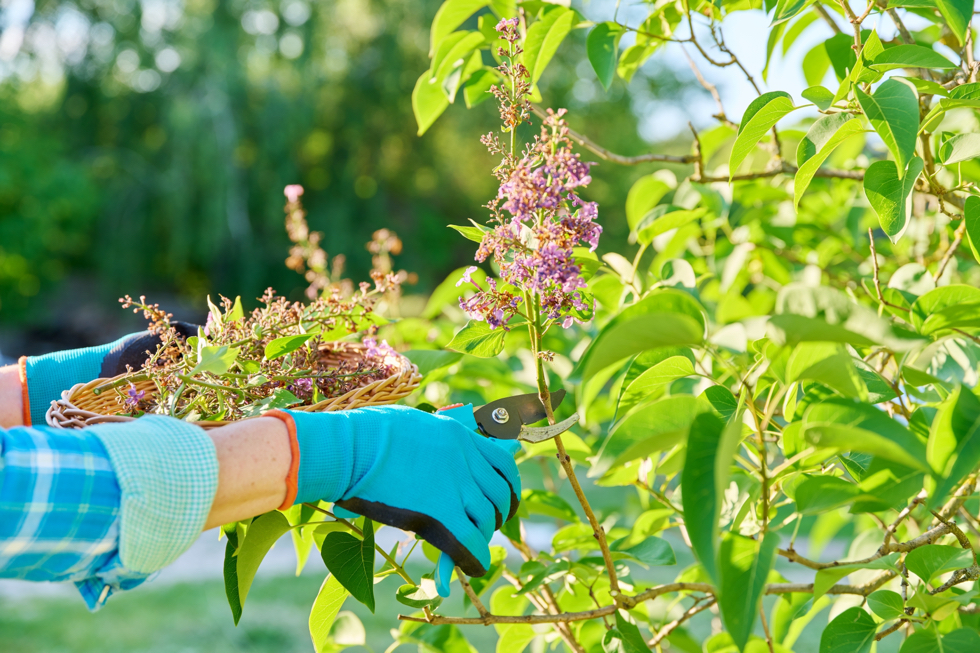
That’s because it allows the plant to devote all of its energies to new growth, rather than sustaining flowers that are already on the way out.
Make the cut at the base of the flowerhead and repeat as often as desired or as possible.
3) Prune After Flowering
Once the flowering season has run its course, you shouldn’t waste any time in tackling your pruning tasks.
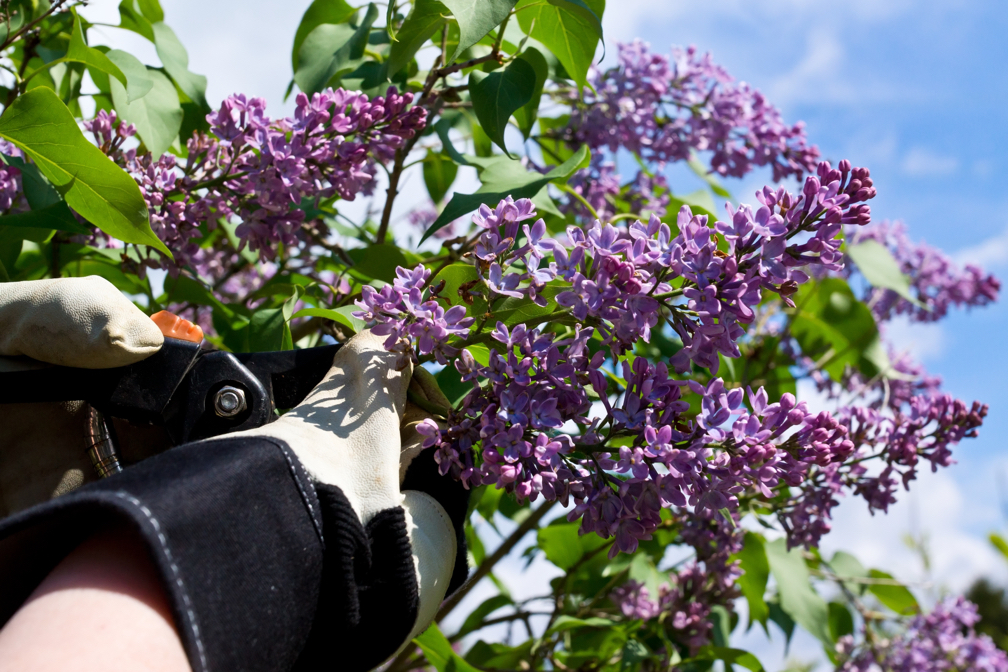
To do so, cut back the stem to the first set of leaves beneath the flowerhead.
Make the cut using sharpened, clean pruning shears while wearing gardening gloves.
Pruning to this point is a good strategy because it will guarantee that you do not accidentally remove next year’s buds, but still enhance flowering as much as possible come the following spring.

Pruning each year in this manner will also prevent the plant from becoming unruly.
4) Tip-Off Longer Stems
As well as pruning back flower heads, you should also keep an eye out for longer stems which may not carry any blossoms, but are stretching out beyond the main body of the plant.
These will also require your attention so as to keep the shrub’s aesthetic shape intact.
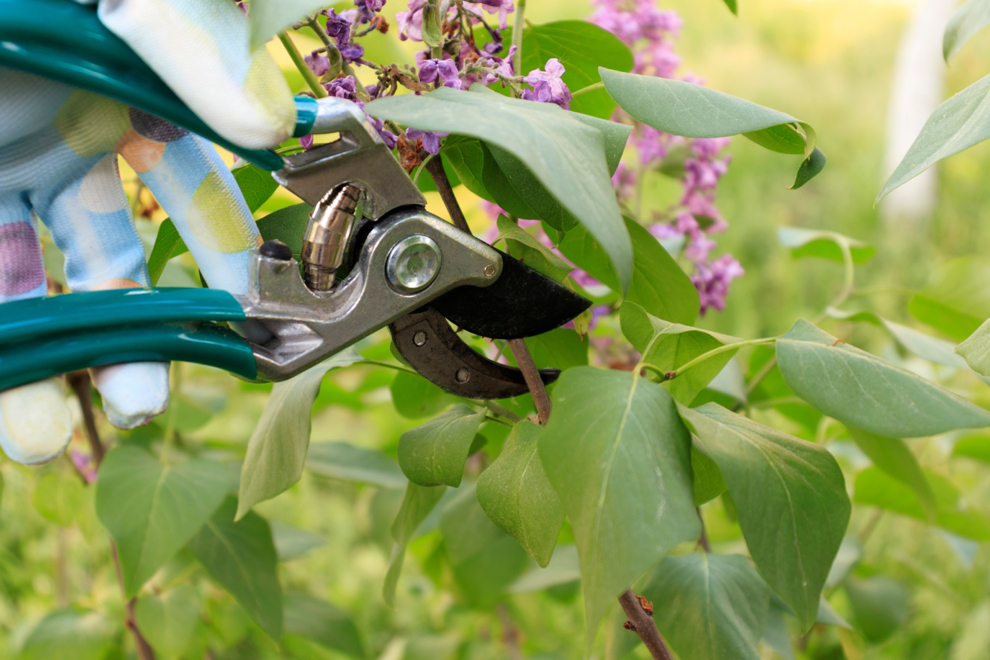
Again, you’ll want to pare the stem all the way to where the nearest side shoots are emerging.
If it doesn’t yet have any side shoots, look for buds or nodes that are likely to develop into shoots in the future and make the incision just above these.
5) Thin Out
Next, you’ll want to thin out the plant to ensure it enjoys a good circulation of air amongst its branches and foliage.
This helps to prevent the development of things like mould and fungus, which are detrimental to the growth of your lilac bush or tree.
When thinning out your plant, always target the dead, dying or discoloured stems and branches first.

This will stop these liabilities from sapping the lilac of its energy.
You can also chop back stems that are more than 5cm in diameter, which will keep the plant from becoming too tall.
A pruning saw may be necessary for extra thick and tough stems.
6) Strip Away Suckers
Suckers are baby trunks which sprout from or near the base of the plant and provide competition for nutrients and energy for the main trunk.
As such, they should be removed for both aesthetic and practical reasons, especially if your lilac specimen is grafted.

I find the best results can be achieved by gently removing the suckers from the soil with your (gloved) hands since this can pull up the roots entirely.
Then you can plant the sucker in a pot of its own and enjoy a new lilac plant altogether.
What To Do With Overgrown Lilacs
If you’ve not had time to properly address the upkeep of your lilac bush or tree in recent years – or you’ve inherited an overgrown one from someone else – you might find that the plant is in need of a more intensive pruning job.
This type of work is best undertaken late in winter, once the final frost has passed.
That’s because extremely cold temperatures can damage the wounds created when pruning the tree.
However, by this point, the plant has not yet started to flower and is still dormant.
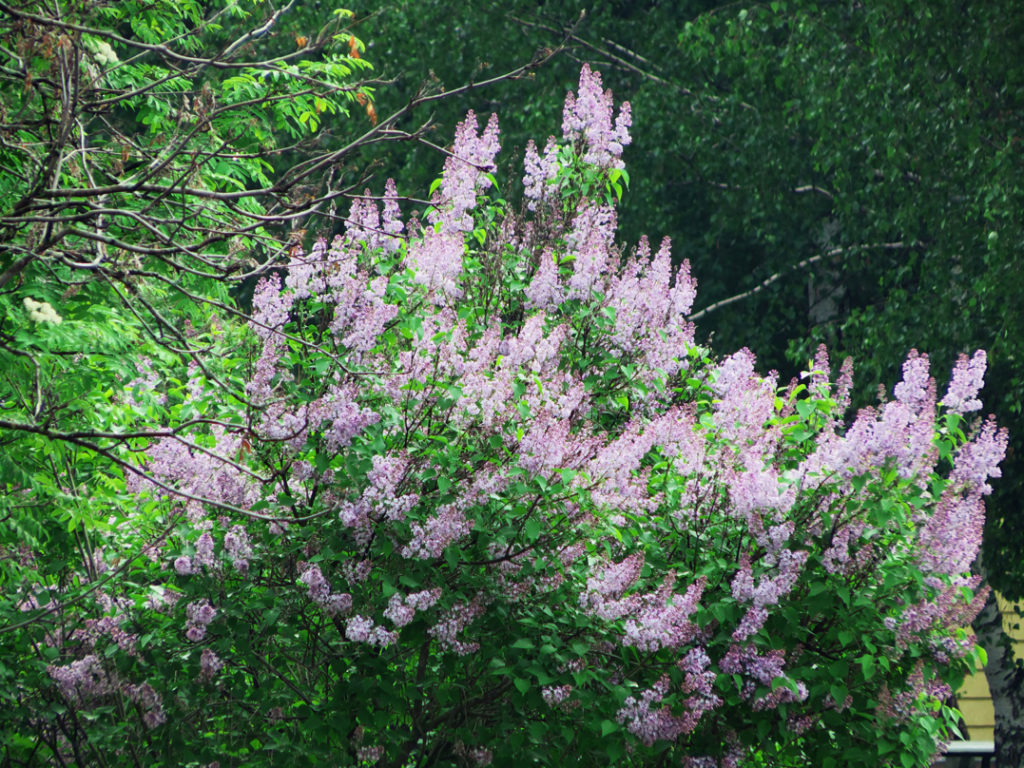
Begin by targeting the diseased or dying branches first, then move on to the oldest parts of the bush or tree.
Try to keep a mixture of old and new growth so as to allow the lilac to continue thriving and never remove more than a third of its foliage in a year.
For trees that have become too tall to be manageable, you can cut back their height to bring them under control.
Again, don’t chop back more than a third; you can always repeat the process in future years if need be.

Be mindful that this type of aggressive pruning can endanger the next spring’s blossoms, but it will be worth it in the long run.
Once the aggressive pruning job is complete, give the plant the best chance of rejuvenation by applying fertiliser liberally to its base.
This restores the appropriate balance in pH levels to the soil and grants the plant access to the nutrients it needs to recover.

